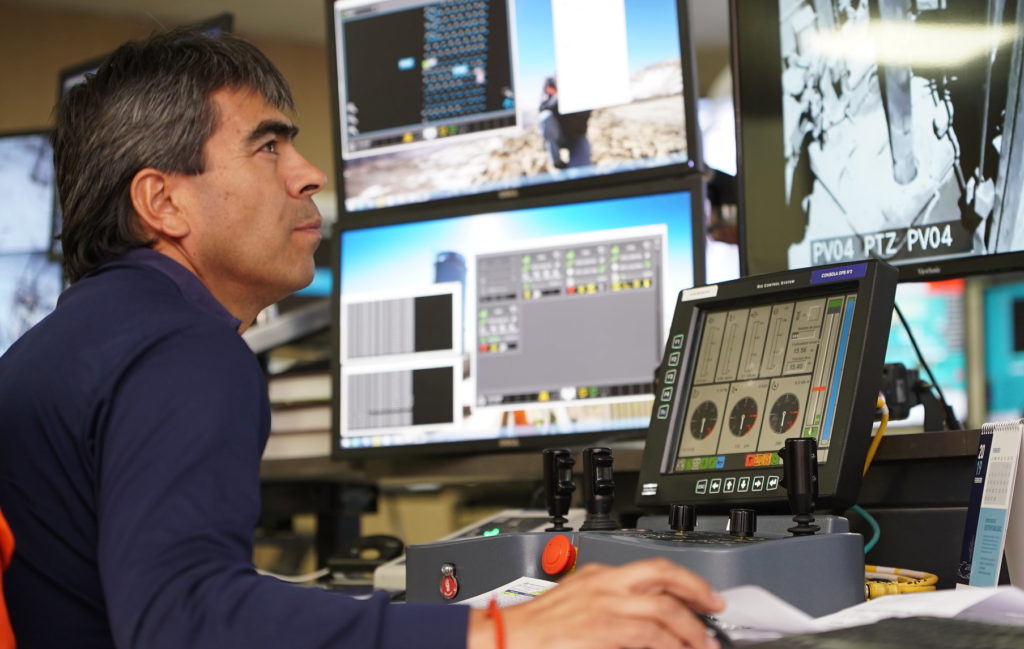The Global Mining Guidelines Group’s (GMG) latest guideline on autonomous systems will “provide clarity on the expectations between the various parties involved in delivering automation to mines”, Gareth Topham, one of the guideline project co-leaders, says.
“Whether it be fully autonomous or semi-autonomous, there are degraded modes or unexpected situations that people deal with every day in mines,” Topham, Principal Functional Safety at Rio Tinto, says. “To manage the removal of a potential control and introduce a technical solution as an alternative, we have to apply functional safety principles to confirm we are reducing the risks as much as we reasonably can.”
The GMG’s ‘Guideline for Applying Functional Safety to Autonomous Systems in Mining’ provides a common approach to applying functional safety to autonomous systems and references international standards within the context of the mining industry and its current maturity, according to GMG. It also describes clear expectations for the communication requirements to support change management and effective application.
“Functional safety is an important industry challenge as adoption of autonomous systems grows,” the GMG said. “While autonomous mining is an opportunity to remove people from potentially hazardous situations, there are also residual risks. Automatic protection systems in a mining environment need to respond to various kinds of errors and changes in conditions, such as human error, software failures and operational/environmental stress.”
To help readers navigate these risks, this guideline begins by identifying important reference materials and listing standards relevant to applying functional safety to various aspects of autonomous systems, the GMG says.
The core content of the guideline is an example of a functional safety lifecycle for applying autonomous systems in mining and identifies some key expectations and responsibilities for providing information, documentation and support at each stage. It also offers high-level guidance on software development, verification, and validation; competency management; cybersecurity; and assurance documentation, according to GMG.
Industry alignment on the expectations and requirements related to functional safety is also a key goal for this guideline.
Andrew Scott, Principal Innovator at Symbiotic Innovations and GMG Vice-Chair Working Groups, says: “Experts from a wide range of stakeholder groups – suppliers, consultants, operators, regulators and system integrators – have been engaged in this guideline’s development and extensive peer review. The engagement in this project has been an excellent example of how traditional competitors can come together to create a safer future through the GMG community.”
Because functional safety for autonomous systems in mining is a rapidly evolving topic, this guideline is expected to evolve and add any appropriate detail over time to align with new and updated standards and consider emerging concepts and technological advances.
A separate GMG project on system safety is also ongoing and will complement this guideline by addressing adjacent topics such as safety case and risk management, human factors, integration, and verification and validation, GMG says.











